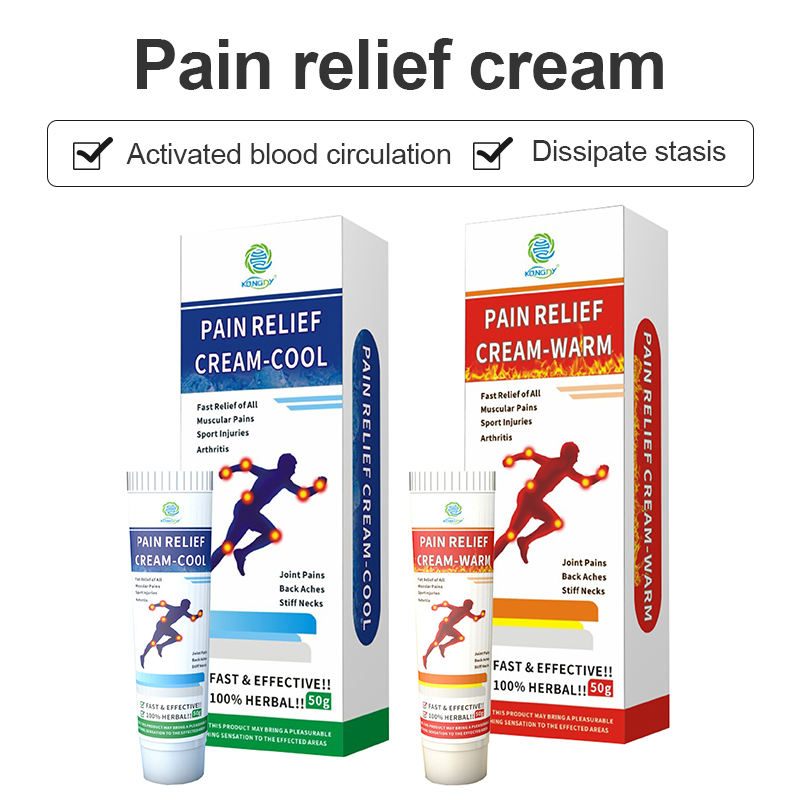In the bustling world of pharmaceuticals, herbal pain cream factories stand out as bastions of alternative medicine, combining age-old natural remedies with modern manufacturing techniques. These facilities specialize in creating topical pain relief solutions that harness the power of plants and herbs, offering consumers a more natural approach to managing discomfort.
The process of producing herbal pain creams begins with careful sourcing of high-quality botanical ingredients. Common herbs used include arnica, known for its anti-inflammatory properties; eucalyptus, valued for its cooling effect; and turmeric, celebrated for its potential to reduce pain and inflammation. These natural components are often complemented by essential oils like lavender or peppermint, which contribute both therapeutic benefits and pleasant aromas.
Once ingredients are gathered, the factory’s research and development team works to create effective formulations. This involves determining the optimal concentration of each herb and ensuring that the combination of ingredients works synergistically to provide maximum relief. The challenge lies in maintaining the potency of natural compounds while creating a stable, shelf-stable product.

Production in a herbal pain cream factory adheres to strict quality control measures. Despite the natural origin of ingredients, these facilities must comply with Good Manufacturing Practices (GMP) to ensure product safety and consistency. This includes rigorous testing of raw materials, careful monitoring of the production process, and thorough examination of the final product.
The manufacturing process typically involves several stages: extraction of active compounds from herbs, blending of ingredients, emulsification to create a smooth cream base, and packaging. Advanced equipment such as high-shear mixers and homogenizers are used to ensure uniform distribution of herbal extracts throughout the cream.
One of the unique aspects of herbal pain cream production is the emphasis on sustainability and environmental responsibility. Many factories prioritize eco-friendly practices, from sourcing organic herbs to using recyclable packaging materials. This aligns with the preferences of consumers who seek natural products and are environmentally conscious.
As the demand for natural health solutions grows, herbal pain cream factories continue to innovate. Some are exploring new extraction techniques to enhance the potency of herbal compounds, while others are investigating novel plant sources with potential pain-relieving properties.
In conclusion, herbal pain cream factories play a crucial role in bridging traditional herbal knowledge with modern manufacturing capabilities. By producing effective, natural alternatives to conventional pain relief products, these facilities cater to a growing segment of consumers seeking holistic approaches to health and wellness.






